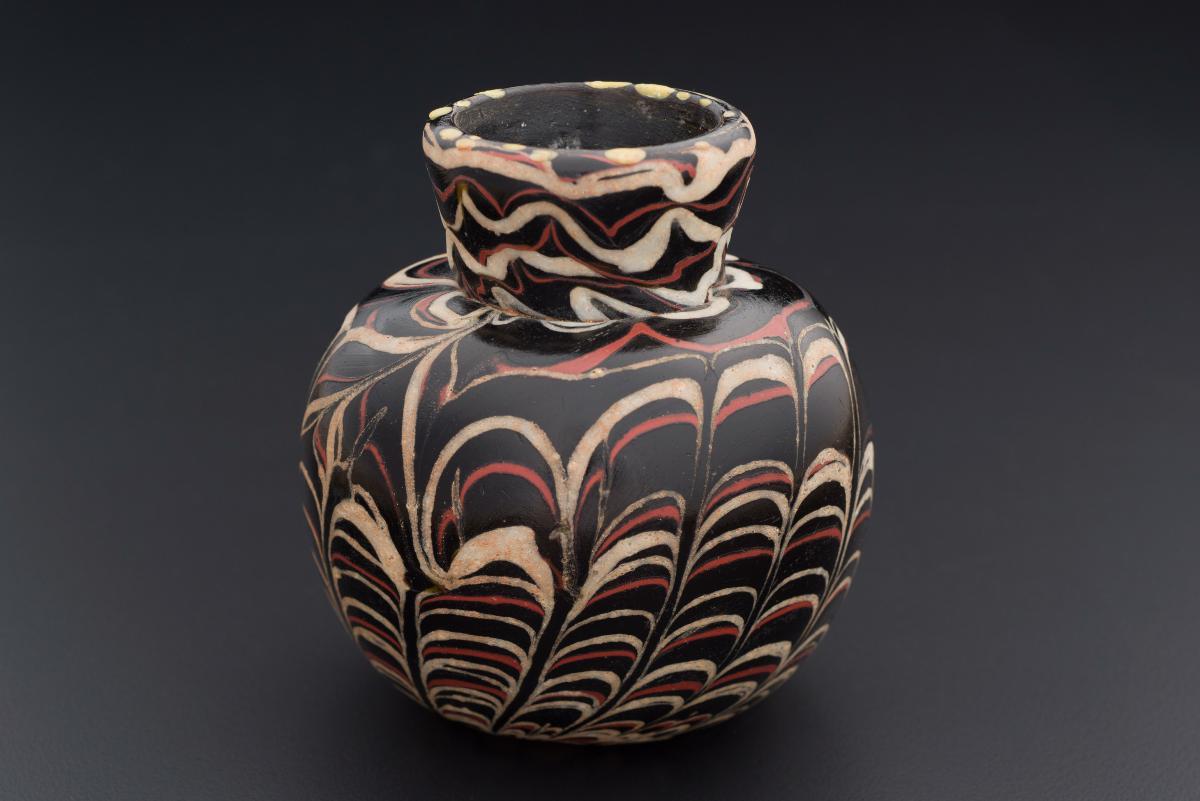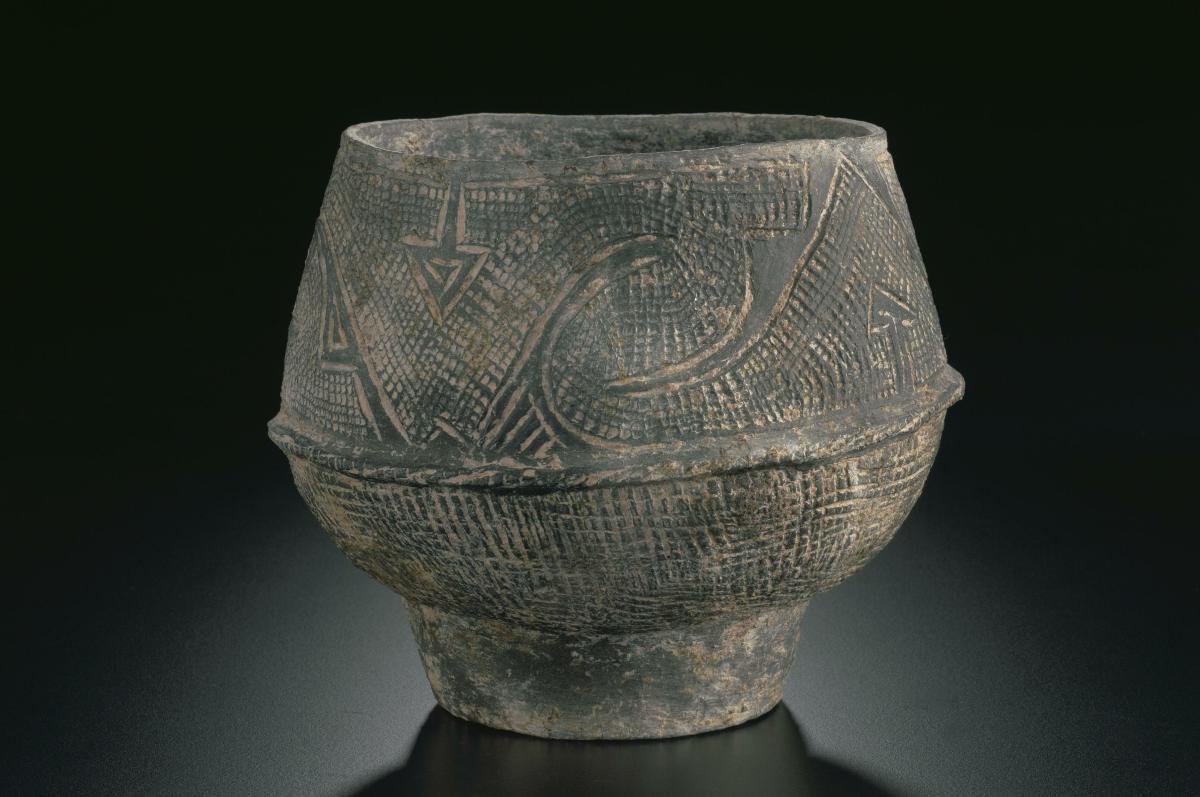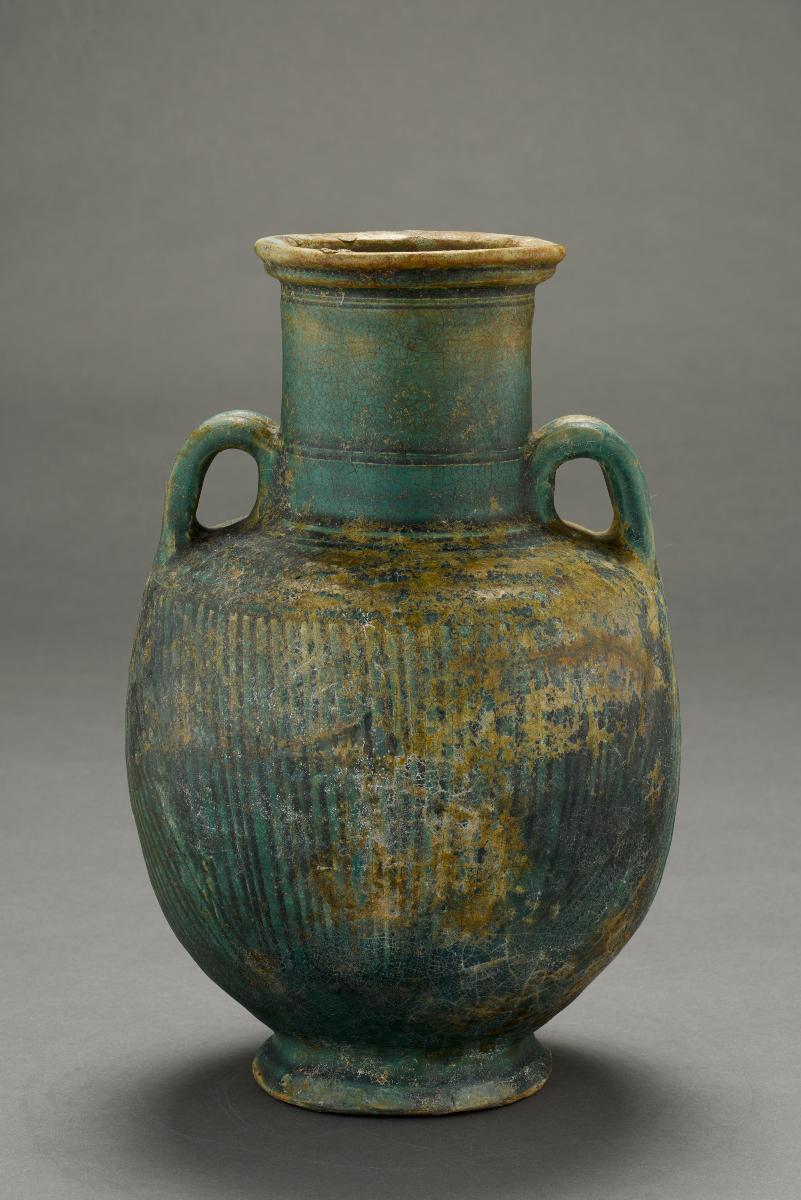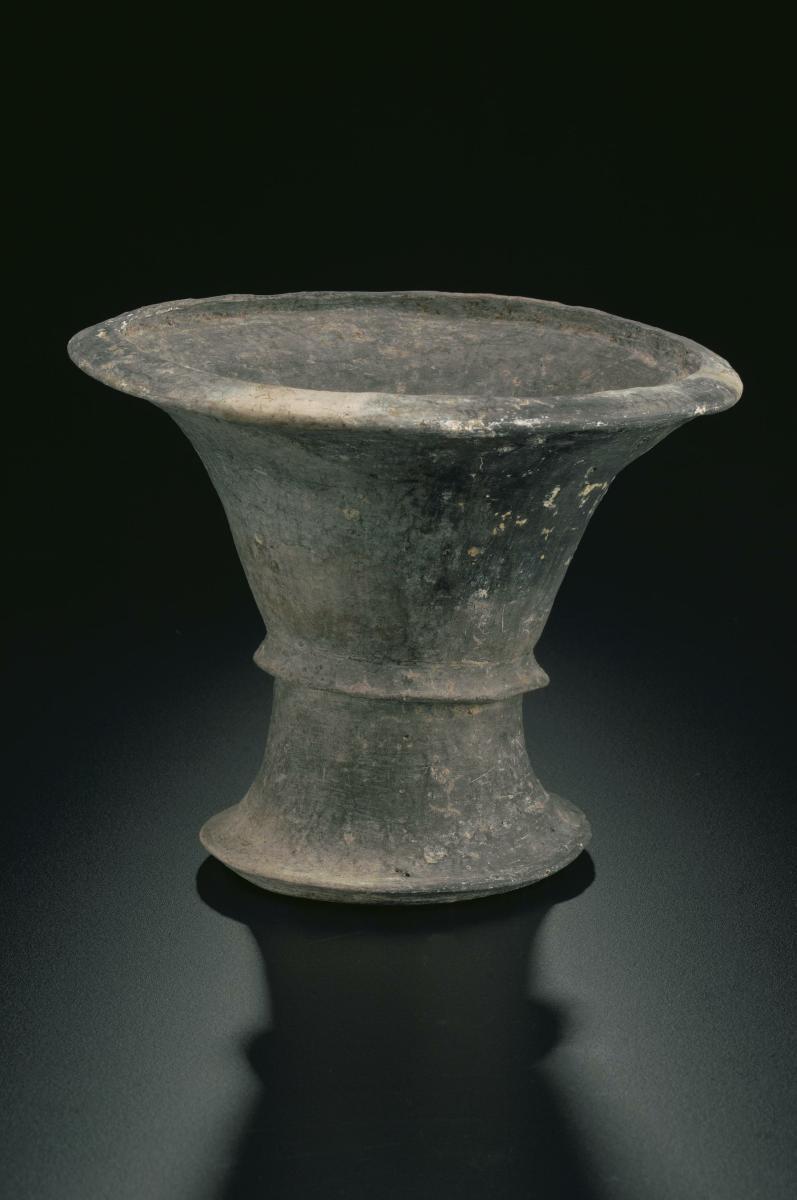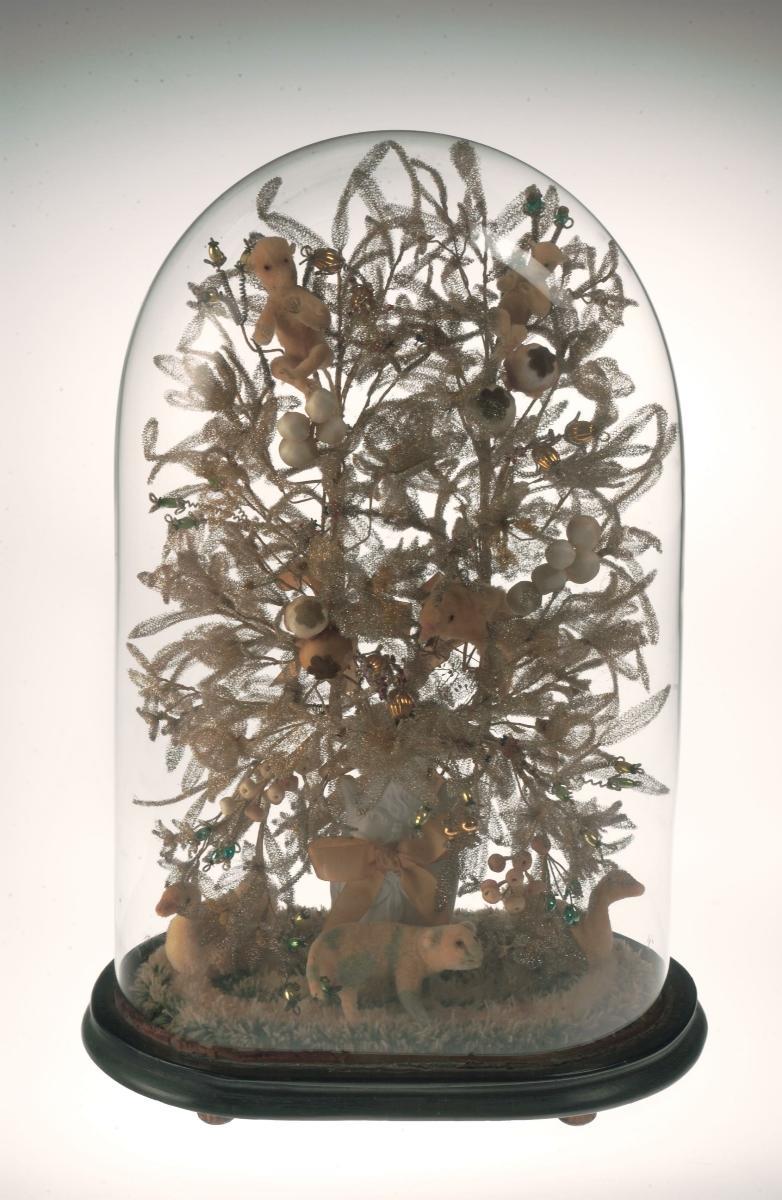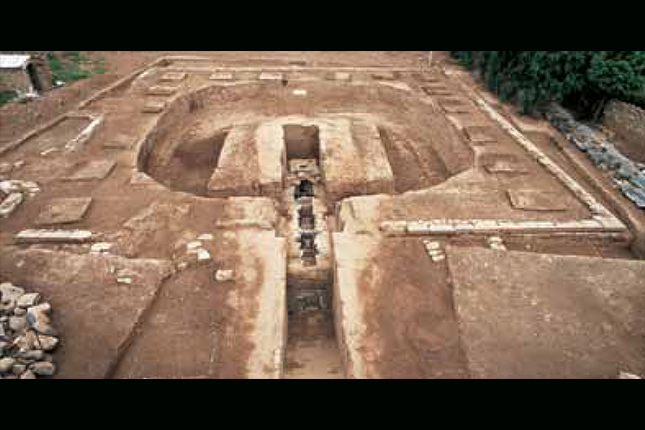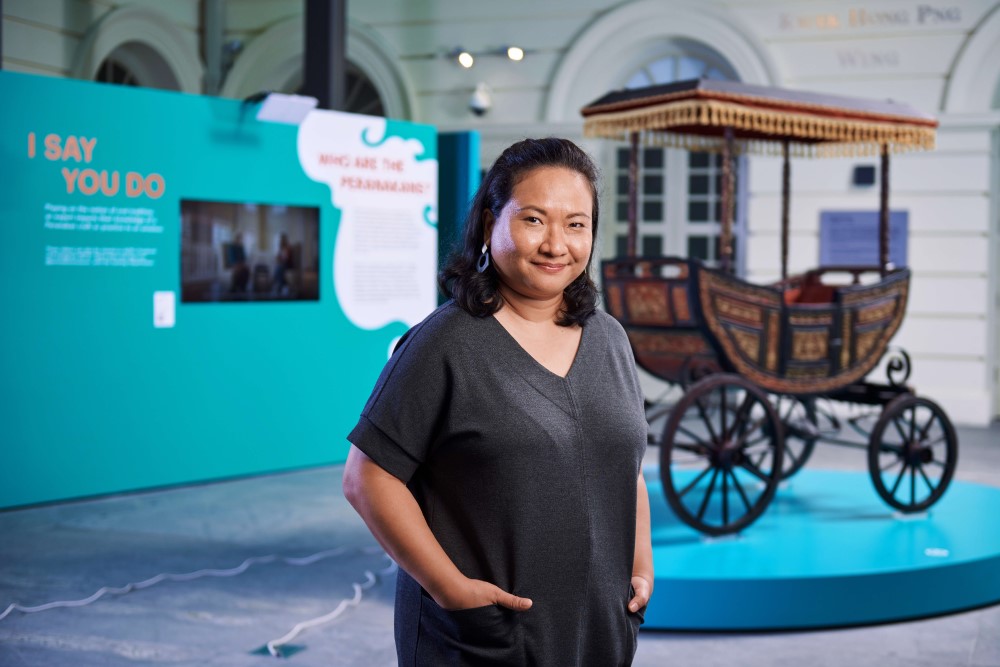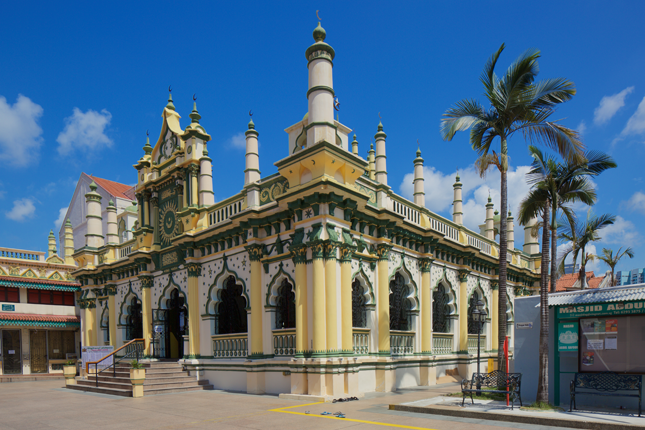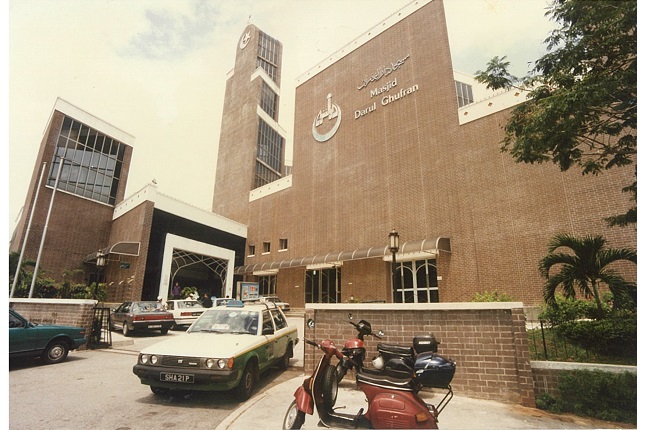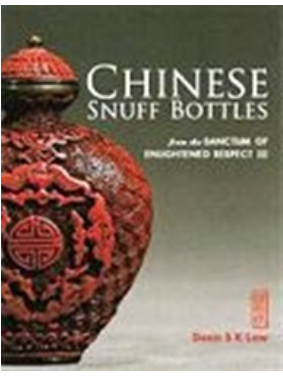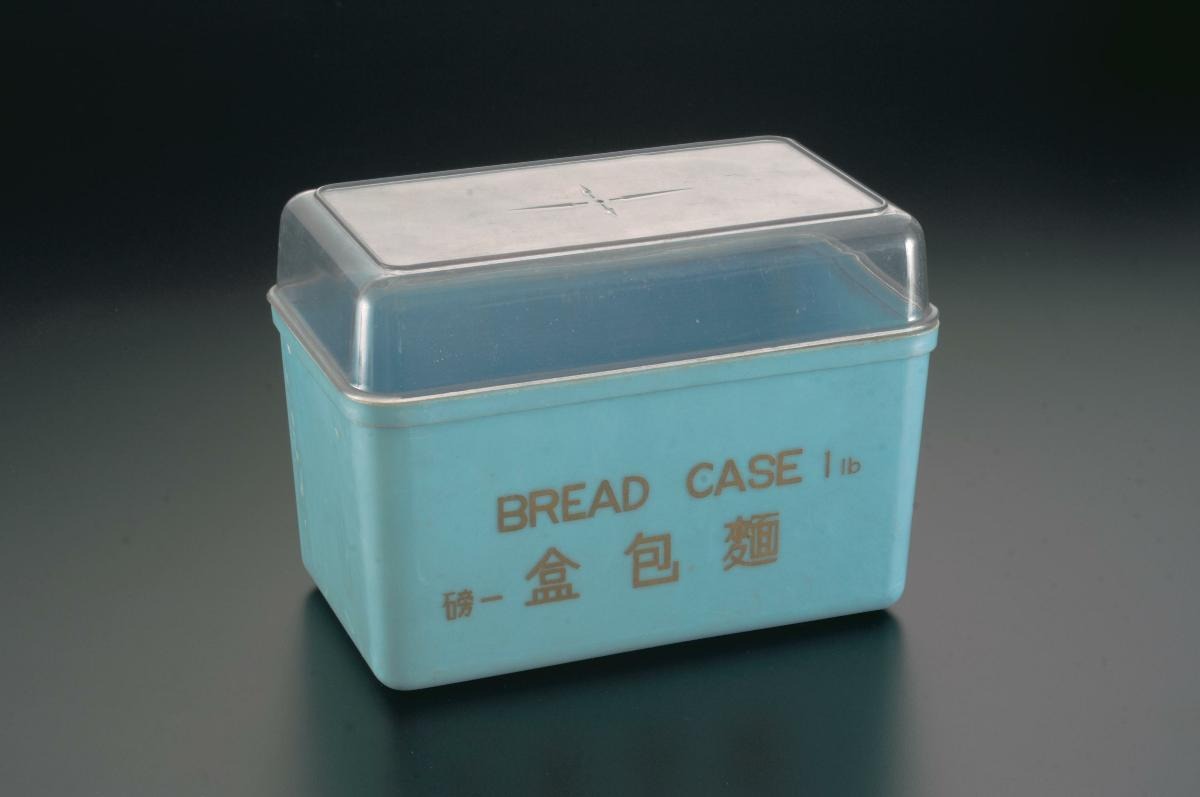High-quality glass was one of the most significant developments of the Islamic Middle East. Islamic artists in the region were technical successors to the ancient glass tradition of Greece and Rome. Other regions desired Middle Eastern glass, and vessels were exported to Central Asia, China, India, and Southeast Asia. Islamic glass vessels have been found in Chinese tombs and Buddhist burials from the Sui-Tang period onwards. Islamic glass vessels were used as reliquaries in the Famen Temple crypt and the Belitung cargo probably carried glass as a commodity from the Gulf to China. Successors to the Fatimids, the Ayyubid dynasty ruled Egypt, Syria, and much of Arabian peninsula in the 12th and 13th centuries. Originally developed by the Romans, marvered glass is produced by rolling a glass vessel onto a surface to apply different coloured glass trails. The technique reached a peak in the Ayyubid Egypt and Syria.




